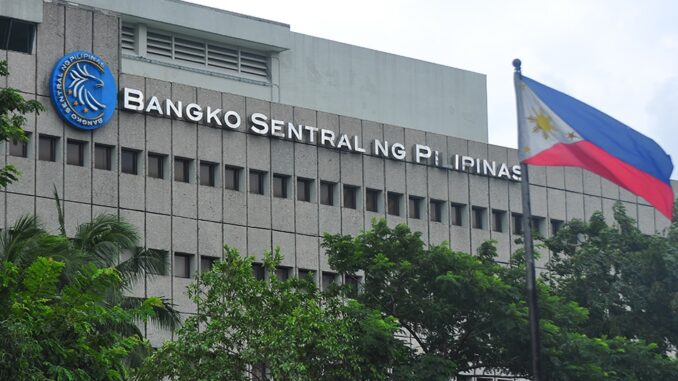
Bank loans grew 10.7 percent year-on-year in August 2024, faster than the 10.4-percent increase in July, as the Bangko Sentral ng Pilipinas began its monetary easing cycle.
The BSP reduced by 25 basis points its overnight borrowing rate to 6.25 percent on Aug. 15, 2024 and hinted of more rate cuts in the coming months.
Data from the BSP showed that on a month-on-month seasonally-adjusted basis, outstanding universal and commercial bank loans, net of reverse repurchase (RRP) placements with the BSP, rose 0.8 percent.
Outstanding loans, net of RRPs, reached P12.25 trillion as of end-August, up from P11.1 trillion a year ago, data from the BSP showed.
Outstanding loans to residents, net of RRPs, grew by 10.9 percent in August, faster than 10.4 percent in July. Meanwhile, outstanding loans to non-residents increased at a slower rate of 1.5 percent in August, down from 9.2 percent in the previous month.
Loans for production activities went up by 9.4 percent in August, from 8.8 percent in July.
The BSP said the growth was largely driven by loans to key industries such as real estate activities (up 13.2 percent); wholesale and retail trade, repair of motor vehicles and motorcycles (10.7 percent); manufacturing (9.8 percent); transportation and storage (23.4 percent); electricity, gas, steam and air-conditioning supply (7.0 percent).
Consumer loans to residents increased at a slower rate of 23.7 percent in August, from 24.3 percent in July, driven by credit card lending.
“Looking ahead, the BSP will continue to ensure that domestic liquidity and lending conditions are aligned with its price and financial stability objectives,” the BSP said.
Rizal Commercial Banking Corp. chief economist Michael Ricafort said the pick-up in bank loan growth in recent months could be attributed to improved business and economic conditions, especially in terms of improved data on employment and easing inflation.
“For the coming months, easing trend in headline inflation well within the central bank targets, especially in view of the reduction of rice import tariff rates to 15 percent [from 35 percent] or effectively a 20 percent discounted on imported rice, would eventually justify more local policy rate cuts later in 2024 and beyond,” Ricafort said.


Be the first to comment